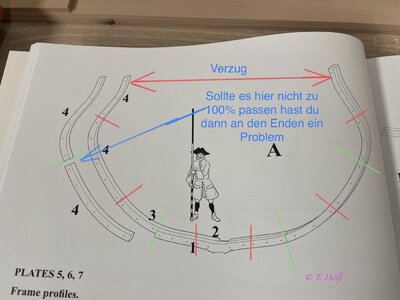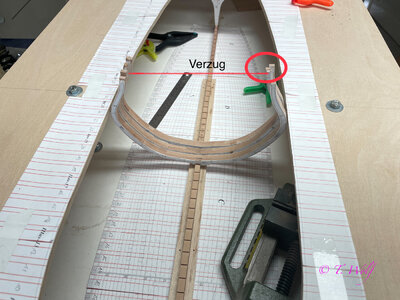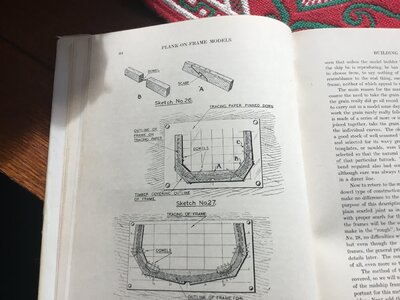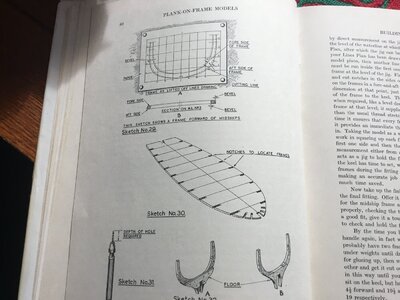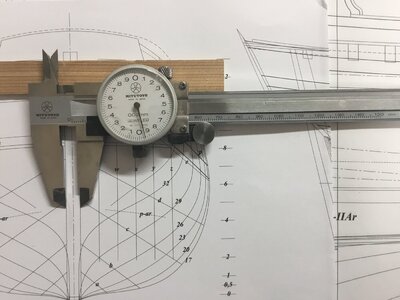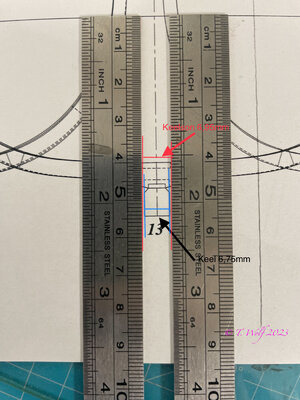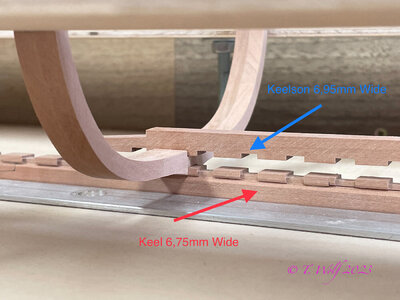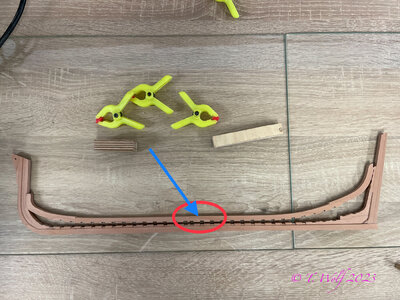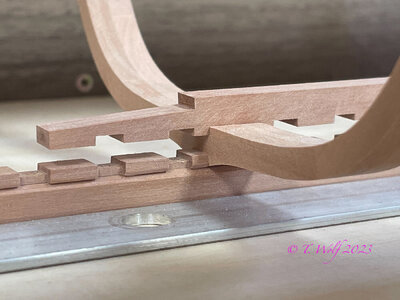I found out that printers have a SELECTION for plain printing OR printing "ACTUAL SIZE" especially when it comes to printing from a pdf file. Certainly, you would want to experiment. Maybe get the printer store to print out ONE for you - compare - if it is good, then let them do more for you.
If it is good, then I would get the name of the associate (as it would appear that they know how to set up the printer/plotter) - I have heard that not all associates can set up a printer/plotter to do that correctly. Just a tip !
If it is good, then I would get the name of the associate (as it would appear that they know how to set up the printer/plotter) - I have heard that not all associates can set up a printer/plotter to do that correctly. Just a tip !





